What’s the difference in the debt-to-borrowing from the bank proportion plus DTI ratio?
Highlights:
- Debt-to-borrowing from the bank and you will debt-to-earnings ratios may help loan providers determine the creditworthiness.
- Your debt-to-credit proportion will get feeling their fico scores, while you are obligations-to-earnings ratios don’t.
- Loan providers and you may loan providers prefer to come across a lower financial obligation-to-borrowing proportion when you find yourself making an application for borrowing from the bank.
With regards to credit ratings, credit score and you may credit history, you have heard terms and conditions for example “debt-to-income proportion” and you may “debt-to-borrowing from the bank proportion.” But what manage these types of terms indicate, and even more importantly, exactly how are they more?
What exactly is your debt-to-income ratio?
The debt-to-income proportion (DTI) is the total number of loans costs you borrowed every week split up of the full amount of cash you get per week. An excellent DTI proportion is sometimes shown once the a portion.
This proportion is sold with all of your current total repeating monthly loans – charge card balance, book otherwise mortgage repayments, vehicle financing and more.

